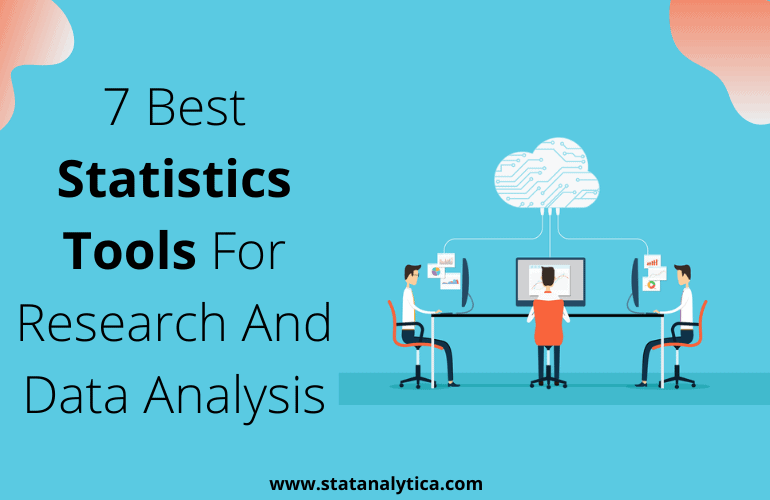
In today’s rapidly evolving world, where knowledge is often the key to success, research and data analysis take center stage. They form the foundation on which informed decisions are made, allowing us to uncover valuable insights and propel innovation forward. The power they hold cannot be underestimated, as they provide a means to understand complex phenomena, explore the unknown, and make informed predictions about the future. Research and data analysis are intricately interconnected, allowing us to unlock the hidden patterns and connections within the vast sea of information that surrounds us. By delving into the world of research, we enter a realm of endless possibilities, where curiosity meets methodology and evidence-based findings come to light. Through the lens of data analysis, we gain the ability to transform raw data into meaningful information, extracting valuable nuggets of knowledge that have the potential to transform industries, shape policies, and drive advancements across various fields. Embarking on this journey of exploration equips us with the tools and insights to tackle complex challenges head-on, allowing us to make well-informed decisions that can shape a better future for all.
Importance of Research
Research plays a crucial role in various fields and industries, providing valuable insights and driving meaningful progress. Through research, we gain a deeper understanding of the world around us, uncovering new knowledge and discovering innovative solutions to complex problems.
One of the key reasons why research is important is its ability to expand our knowledge base. By conducting thorough investigations and collecting relevant data, researchers can contribute to existing bodies of knowledge or even challenge existing theories. This accumulation of knowledge not only benefits the academic community but also informs decision-making processes in various sectors such as medicine, technology, and business.
Moreover, research allows us to address pressing issues and develop evidence-based solutions. With careful data analysis and interpretation, researchers can identify trends, patterns, and correlations, enabling them to make informed conclusions. By using this knowledge, policymakers, organizations, and individuals can develop strategies and interventions that are more likely to succeed and have a positive impact.
Furthermore, research serves as a catalyst for innovation and advancement. Through the exploration of new ideas, experimentation, and testing of hypotheses, researchers pave the way for breakthroughs and discoveries that can revolutionize industries. From developing life-saving drugs to creating sustainable technologies, research drives progress and propels us towards a better future.
In conclusion, the importance of research cannot be overstated. It expands our knowledge, informs decision-making, and fuels innovation. By embracing research and data analysis, we unlock the power to unravel mysteries, solve problems, and shape a brighter tomorrow.
Methods of Data Analysis
Data analysis plays a crucial role in research, enabling us to extract meaningful insights and draw reliable conclusions from raw data. In this section, we will explore three common methods of data analysis: descriptive analysis, inferential analysis, and predictive analysis.
Descriptive analysis involves summarizing and presenting data in a meaningful way. This method allows researchers to gain a clear understanding of the characteristics and patterns within a dataset. Through techniques such as measures of central tendency, frequency distributions, and graphical representations, researchers can effectively visualize and communicate the key features of the data.
Moving on to inferential analysis, this method goes beyond mere summarization and aims to investigate relationships, patterns, and trends within a dataset. By employing statistical tests and hypothesis testing, researchers can draw conclusions and make generalizations about larger populations based on the observed data. Inferential analysis helps researchers make predictions and uncover the underlying factors influencing the observed outcomes.
Lastly, predictive analysis is a method that leverages historical data to make predictions about future outcomes. Using statistical modeling and machine learning algorithms, researchers can identify patterns and trends within the data, enabling them to forecast future events or behaviors. Predictive analysis has wide-ranging applications, from predicting customer behavior in marketing to estimating stock market trends.
In conclusion, data analysis is a versatile and powerful tool that empowers researchers to gain valuable insights from complex datasets. The methods of descriptive analysis, inferential analysis, and predictive analysis each offer unique approaches to understanding data and extracting meaningful conclusions. By combining these methods, researchers can unlock the true power of research and data analysis.
Benefits of Data-driven Decision Making
Data-driven decision making is revolutionizing the way organizations operate, enabling them to make informed choices based on concrete evidence rather than relying solely on intuition. By harnessing the power of research and data analysis, companies can unlock a plethora of benefits that can significantly impact their success.
-
Enhanced Decision-making Accuracy: Data-driven decision making minimizes the reliance on guesswork and subjective opinions when making critical choices. Instead, it empowers decision-makers with real-time insights and objective information. By analyzing relevant data, businesses can identify patterns, trends, and correlations, allowing for more accurate decision-making processes.
-
Increased Operational Efficiency: With research and data analysis, organizations can identify inefficiencies, bottlenecks, and areas of improvement within their operations. By leveraging data, businesses can streamline their processes, optimize resource allocation, and identify areas where costs can be reduced. This efficiency ultimately leads to higher productivity and improved overall performance.
-
Improved Customer Satisfaction: The ability to analyze customer data offers a wealth of knowledge about consumer behavior, preferences, and pain points. By understanding customer needs and expectations, businesses can customize their products or services to meet those demands. This customer-centric approach enhances the overall experience, leading to increased customer satisfaction, loyalty, and ultimately, business growth.
In conclusion, the benefits of data-driven decision making are undeniable. By leveraging research and data analysis, organizations can make informed choices, improve operational efficiency, and enhance customer satisfaction. The power of data-driven decision making has the potential to transform businesses and set them on a path to sustainable success.